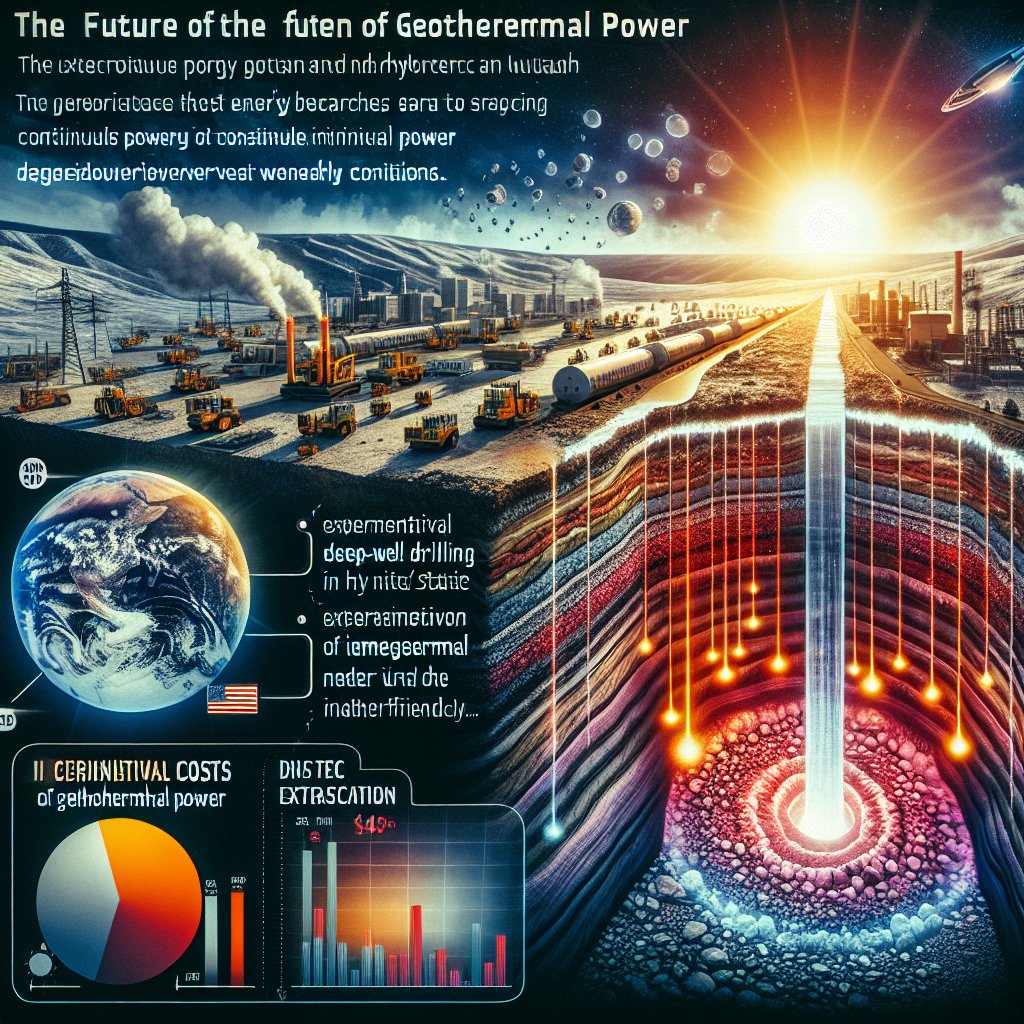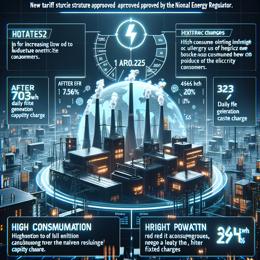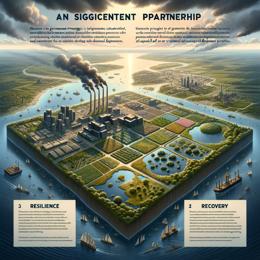Image created by AI
US Administration and Businesses Rally Behind Geothermal Energy in Bold Green Transition Move
In a bold move towards a greener future, the United States is placing significant stakes on the often-overlooked energy hero – geothermal power. While it currently accounts for just 1.6 percent of the nation's energy consumption, both the private sector and the Biden administration see it as the cornerstone of America’s renewable energy strategy.
During the CERAWeek conference in Houston, US Energy Secretary Jennifer Granholm emphasized geothermal energy's potential as a "clean, reliable, baseload-scalable power" source suitable for a wide range of applications from households to heavy industries. According to the US Department of Energy, there's strong confidence that by 2050, geothermal could eclipse both hydroelectric and solar power in the country's energy hierarchy.
Unutilized thermal heat sitting under the American soil could become a renewable powerhouse, and efforts have already commenced to harness this potential. Since 2018, the government has channelled over $200 million into exploratory projects, like the experimental deep-well drilling site in Utah. Here, they are investigating techniques that depart from conventional near-surface geothermal extraction, setting the stage for expansive growth.
In recent findings, the Energy Department highlighted the environmental benefits of geothermal drilling over contentious fracking methods. Geothermal wells don't expel harmful hydrocarbons and use fewer chemical additives, aligning the technology with environmentalist advocacy and marking it as a safer alternative for the planet.
Unlike intermittent energy sources like solar and wind, geothermal energy's reliability stands out as it can deliver a constant energy output irrespective of meteorological conditions or time shifts. This attribute is vital for creating a stable energy grid, especially as climate change prompts more unpredictable weather patterns.
Cost, a major factor in energy adoption, appears promising for geothermal as well. Current estimates place the cost at $70 to $100 per megawatt-hour (MWh), but with anticipated technological improvements and leveraging existing drilling capabilities, this is expected to drop to a competitive $45 by 2035.
Geothermal energy brings the promise of a steady, sustainable, and environmentally friendly energy future for the United States. Through investments in innovation today, the country could be on the cusp of creating a renewable energy paradigm shift, turning the heat beneath our feet into the power driving our industries and homes tomorrow.










